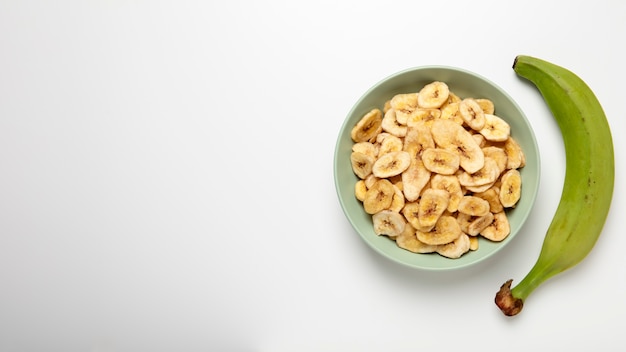Breast self-examinations are an invaluable method for catching breast cancer early. They help individuals get to know the structure and regular look of their breasts, so they can spot any unusual changes as soon as they appear.
Regularly checking your breasts helps you understand what’s normal for you, making it easier to notice any changes or irregularities. The most common sign of a possible tumor is a lump, which is usually not painful but can be felt or even seen. It’s also important to watch for changes in your nipples, like them becoming inverted, sticking out more, or leaking fluid. Any skin changes, especially if only one breast is affected, should be noted. Consistent self-exams allow you to monitor your breast tissue and catch any new hard lumps early.
Breast cancer is the most common type of cancer in women. It happens when some breast cells grow uncontrollably and form a tumor. These tumors can be benign like fibroadenomas or cysts, or malignant, meaning they can spread to other tissues or parts of the body. Early diagnosis through regular mammograms and check-ups based on your age and personal history is possible and crucial. The best treatment and chances of recovery depend on the cancer’s stage and type at diagnosis. Current treatments include surgery, chemotherapy, radiation, hormone therapy, and biological therapies.
Starting at age 20, you should check your breasts once a month, ideally a week after your period ends because hormonal changes can affect your breasts. Knowing what’s normal for you helps you spot potential problems. If you’re pregnant or in menopause, timing is less important. However, any new skin changes, fluid from your nipple, or changes in breast shape should prompt you to see a doctor.
A self-exam has two parts: observation and feeling.
Observation: Stand in front of a mirror with your shoulders relaxed and arms at your sides. Look for changes in the shape of your breasts, skin color changes, cracked nipples, skin ulcers, or dimples. Repeat with your arms raised and again with hands on your forehead with your chest muscles flexed.
Feeling: Use the inner parts of three fingers to make small, circular movements over each part of your breast. Check each quadrant in a circular motion, applying more pressure gradually to feel for any lumps or hard areas.
While doing a self-exam, look for changes in the size and shape of your breasts, thickening or lumps in your breast or armpit, discharge from your nipples, or any skin surface changes like wrinkles or dimples. Also, watch out for nipple changes, skin rashes, or unexplained pain in your breast or armpit.
Remember, self-exams don’t replace professional breast exams or tests like mammograms and ultrasounds. But regular and properly done self-exams can help catch cancer early, potentially preventing it from advancing. If you notice any concerning symptoms, consult a healthcare professional right away.







